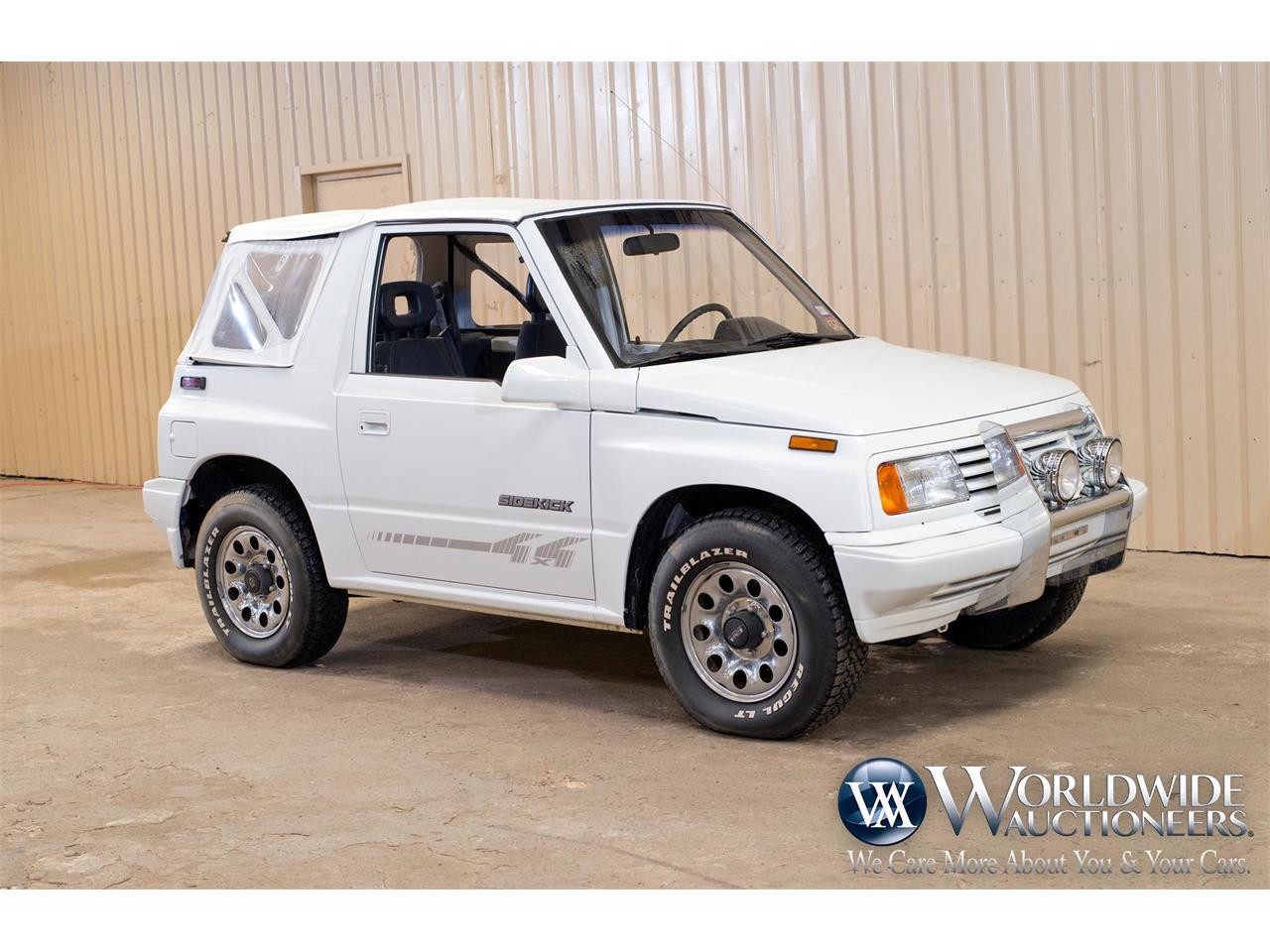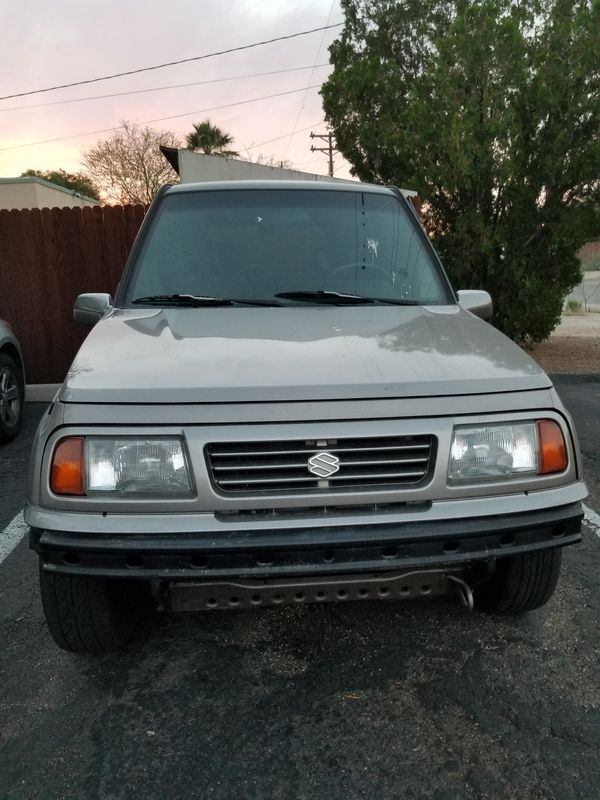

At the same time the 5-door models received the 1998 cc H20A 2.0-litre V6. This engine was rated at 97 kW (130 hp) at 6300 rpm.

In May 1997, Suzuki introduced the 1995 cc J20 2.0-litre 16-valve DOHC engine with both soft top and hardtop three-door models. Both versions featured the 1.6-litre engine: G16A (carburettor) in the 2-door, G16B (SOHC EFI) in the 4-door, introduced 1992, 2-doors got G16B from 1994.
#1995 suzuki sidekick windows#
The JLX offered powered windows and body-coloured bumpers. In Australia, there were two models available. The Sport variant was replaced by the Grand Vitara in 1999. The Suzuki X-90 disappeared from Suzuki's lineup after the 1998 model year. Also for the 1996 model year, Suzuki introduced the Suzuki X-90 which was mechanically identical to the Escudo/Vitara but had a much rounder body, a trunk, and removable T-bar roof. In Japan, the "Nomade" tag was dropped from the five-door Escudos in October 1996. In 1996 the Vitara received a facelift, which meant that the V6 was upsized to 2.5-litre while a 2.0-litre four-cylinder was slotted into the range. A diesel option arrived in Europe in early 1996. In December 1994, a 2.0 V6 (Suzuki's first six-cylinder) and a 2.0-litre Mazda-sourced turbodiesel were added in return, Mazda got to sell the Escudo in the Japanese market as the Proceed Levante with V6 models styling. European deliveries of the five-door version began in the summer of 1991. 1991 brought the introduction of rear anti-lock brakes. It was thought that the 5-door would overlap with the shorter 3-door in the market instead, it appealed to a whole new segment and sales in the domestic Japanese market doubled as a result. Three months later a 5-door version with a lengthened wheelbase was introduced it was sold as the "Escudo Nomade" in Japan. At the same time, the commercial Van version was discontinued. In August 1990, the Japanese market received a 16-valve G16B engine with 100 PS (73.5 kW) as well as an optional 4-speed automatic. A carburetted version without a catalytic converter was available for some markets this model produces 75 PS (55 kW) at 5250 rpm. 1990 brought the deletion of the upscale JLX version. A fuel injected 80 hp (60 kW) 1.6-litre, 8-valve, four-cylinder Suzuki G16A engine was available on the JX and JLX. North American Sidekick became available for model year 1989 as a 2-door convertible or hardtop. The Suzuki Escudo was first introduced in the Japanese domestic market in July 1988. The choice of the name “Vitara” was inspired by the Latin word “vita,” as in English word “ vitality.” While the "Escudo" name is derived from the " escudo", the monetary unit of Portugal before adoption of the Euro. It is slightly larger than the SX4 S-Cross. The model introduced in 2022 reuses the "Grand Vitara" nameplate. It shares the platform and many components with the slightly larger SX4 S-Cross. The fourth generation, released in 2015, reverted to the original name "Vitara" in most markets, but shifted from an off-road SUV towards a more road-oriented crossover style. The third generation was launched in 2005. It was accompanied by a still larger SUV known as the Suzuki XL-7 (known as Grand Escudo in Japan). The second generation was launched in 1998 under the "Grand Vitara" badge in most markets. It was also sold as the Santana 300 and 350 in Spain and in the Japanese market, it was also sold as the Mazda Proceed Levante. The North American version was produced as a joint venture between Suzuki and General Motors known as CAMI.

The first generation was known as Suzuki Sidekick in the United States.
#1995 suzuki sidekick series#
The original series was designed to fill the slot above the Suzuki Jimny. In Japan and a number of other markets, all generations have used the name Suzuki Escudo ( Japanese: スズキ・エスクード, Hepburn: Suzuki Esukūdo). The second, third-generation and 2022 models are known as the Suzuki Grand Vitara, with the fourth generation eschewing the "Grand" prefix. The Suzuki Vitara is a series of SUVs produced by Suzuki in five generations since 1988. Front-engine, four-wheel-drive (1988–present).Front-engine, front-wheel-drive (2015–present).


 0 kommentar(er)
0 kommentar(er)
